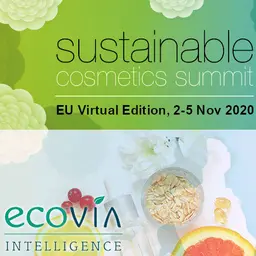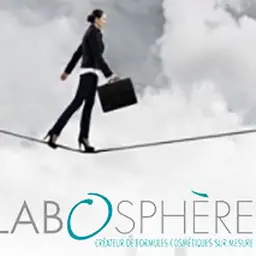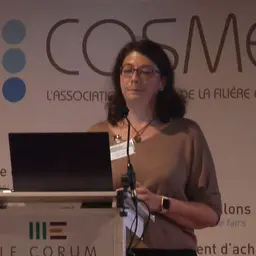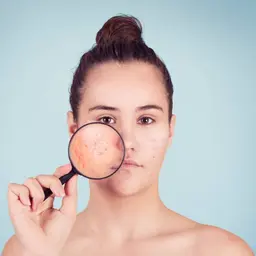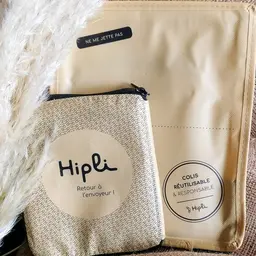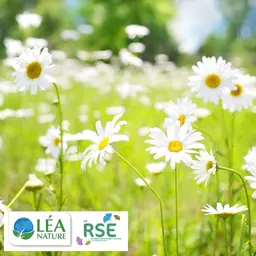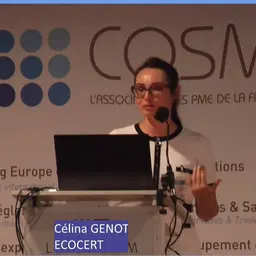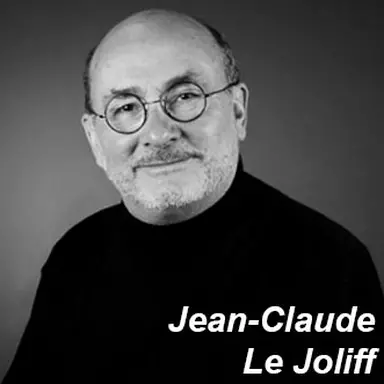
Upcycling, the process of recovering unused or waste raw materials and transforming them into value-added ingredients, is a current trend. As is often the case, the question is: is it new? At the risk of sounding like a cranky old man, I’m sorry, but the answer is no. But that doesn’t mean that it doesn’t make sense, on the contrary.
The Cosmétothèque looked at this issue from a historical perspective this time, rather than through the novelties and ingredients which are beginning to be numerous.
As you will see in this contribution, this approach is at the centre of many of the things you use in your daily life, whether on a personal or professional basis.
• For example, the valorisation of fats has led to lipo-chemistry, the science behind modern chemistry, and many fats that we still use today.
• The soap you use every day is the reflection of a permanent valorization of products based on naturalness.
• White oils, including the “famous” vegetable squalane and many others, are the result of the valorisation of fish oils, including cod liver oil, which has left many memories for some people.
• Finally lanolin, unfortunately too much decried, is nothing other than the valorisation of sheep’s wool. This source is one of the main sources of vitamin D, which is said to be the vitamin of the century.
There are many other ingredients that are born from this type of approach. It would take too long to mention them all, and it is up to each formulator to know what …

